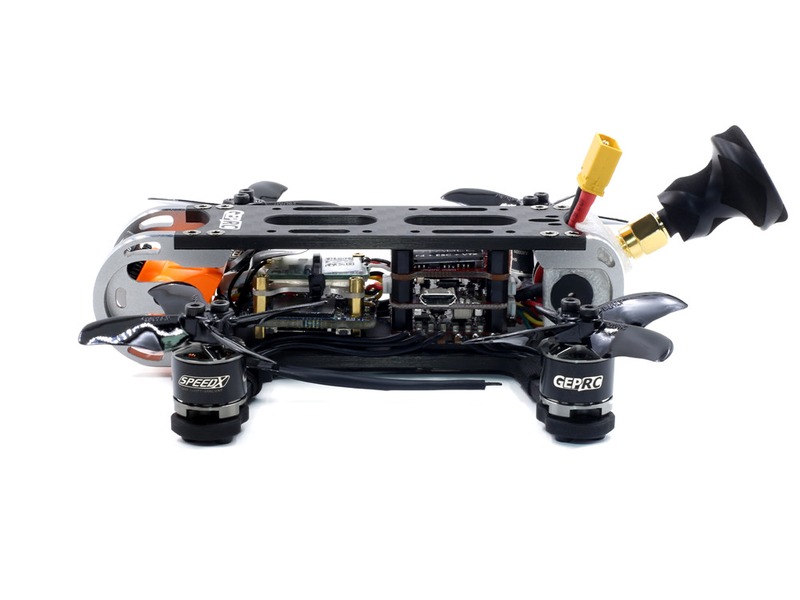How long do FPV drones last?

The longevity of FPV drones depends on many factors, including the type and quality of the drone itself, the quality of the components used in the build, and the amount of care and maintenance it receives. Generally speaking, a high-quality FPV drone should last anywhere from 2-5 years with proper care and maintenance.
The first factor in determining the longevity of an FPV drone is the type and quality of the drone itself. Entry-level FPV drones are typically constructed with cheaper materials, and as such, they may not last as long as their more expensive counterparts. On the other hand, professional-grade FPV drones are often constructed with higher-quality materials, which can increase their lifespan significantly. Additionally, the number of parts and complexity of the drone can also play a role in longevity, as more parts and features can increase the likelihood of wear and tear.
The quality of the components used in the drone build is also a major factor in the drone’s longevity. Quality components tend to cost more, but they are usually worth the investment. For example, low-quality motors and propellers might wear out more quickly, resulting in decreased performance and a shorter lifespan. On the other hand, higher-quality components tend to be more reliable and last longer.
Finally, the amount of care and maintenance the drone receives can influence its longevity as well. If the drone is not properly stored and maintained, its components may wear out faster. Additionally, regular cleaning and lubrication of the drone can help to extend its lifespan.
In conclusion, the longevity of an FPV drone depends on a variety of factors, including the type and quality of the drone itself, the quality of the components used in the build, and the amount of care and maintenance it receives. Generally speaking, a high-quality FPV drone should last anywhere from 2-5 years with proper care and maintenance.
Comments / Question
2. Inspect the drone before each flight and check for any signs of wear or damage.
3. Use a high-quality battery and always charge it to the recommended level.
4. Avoid flying in extreme weather conditions.
5. Fly in open areas away from obstacles and other aircraft.
6. Avoid flying in areas with high electromagnetic interference.
7. Use a good quality propeller and replace them when necessary.
8. Avoid crashing and hard landings.
9. Store the drone in a cool, dry place.
10. Avoid over-tightening screws and other components.
2. Inspect the drone’s frame for any cracks or damage.
3. Check the propellers for any signs of wear or damage.
4. Clean the drone’s motors and other components to remove any dirt or debris.
5. Check the battery for any signs of swelling or damage.
6. Inspect the wiring for any signs of corrosion or damage.
7. Check the drone’s firmware and update it if necessary.
8. Test the drone’s range and adjust the antenna if necessary.
9. Check the drone’s camera for any signs of damage or wear.
10. Perform a pre-flight check to ensure the drone is ready for flight.
2. Operating Environment: Operating environments such as temperature, humidity, and wind can have a major impact on the longevity of a drone. For example, high temperatures can cause the drone to overheat, which can lead to parts failure, while high winds can increase wear and tear and cause the drone to crash or be damaged.
3. Maintenance: Performing regular maintenance and inspection of a drone, such as checking the propellers, can help extend the life of the drone. Malfunctioning components, such as motors or controllers, should be replaced as soon as possible to prevent damage to the rest of the drone.
4. User Experiance Level: A more experienced user will typically be more aware of the environment, the capabilities of the drone as well as the maintenance required to keep the drone running properly. This will lead to better flying and a longer life for the drone.

